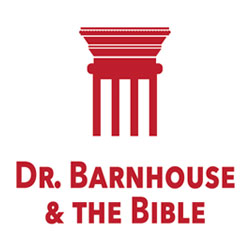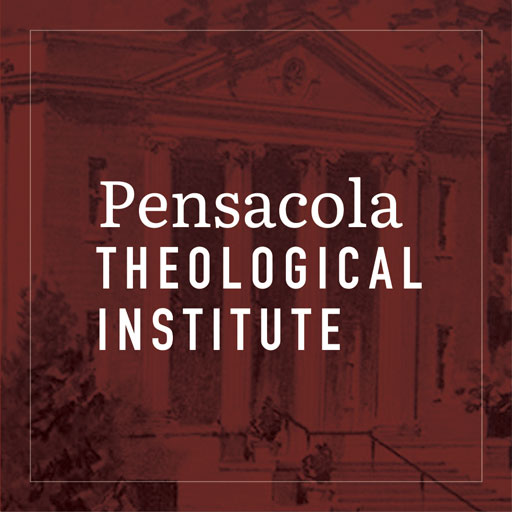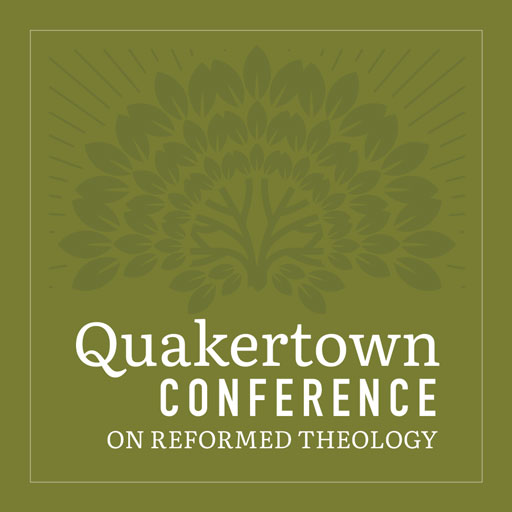
Martin Luther – A Ground-Breaking Translator
Martin Luther – A Ground-Breaking Translator
While living in incognito in the Wartburg Castle (after the Diet of Worms), Martin Luther spent his time translating the New Testament from Greek and Latin into German. It was not the first German translation, but Luther found the others inadequate. Both the previous translators and most of his scholarly contemporaries, he said, were not familiar with the German language that was spoken in the streets.
A Controversial Translation
His critics abounded. One word in particular caused a big stir: allein (“only,” or “alone”), which he added before “faith” in translating Romans 3:28.[1]
Luther refused to give these detractors an answer, since he didn’t consider them worthy of that. But to a friend[2] who inquired about it he explained how he added that word to convey the true sense of the text.
He was convinced that the German language required this extra word. “if you’re going for a clear and vigorous German version, the word belongs here – after all, I was aiming for something that sounded German, not Latin or Greek, given that it was a German translation I’d set out to produce.”[3]
He explained how the German word allein (“only”) is typically used together with a negative such as ‘not’ (nicht) or ‘no’ (kein). “This is the case when you say, ‘The farmer brings only grain and no money’, ‘No, I’ve really got no money at the moment, but only grain.’ … It’s true that I can also say, ‘The farmer brings grain and no money’, but the words ‘no money’ don’t make it as complete and clear as when I say, ‘The farmer brings only grain and no money’. Here the word ‘only’ supports the word ‘no’ to create a clear, genuinely German phrase.”
“We mustn’t consult the Latin text about how to speak German, as these donkeys do,” he continued, “but we must consult the mother at home, children in the street, and the ordinary man in the marketplace, watch them mouth their words, and translate accordingly. That way they’ll understand, and see that they’re being spoken to in German.’”[4]
A Conscientious Translator
Whatever one may think of Luther’s addition, the fact remains that he was a conscientious translator, determined to provide the German people with a Bible version they could thoroughly understand. When he translated the Old Testament, for example, he consulted a butcher to find the true German names of different cuts of meat and a jeweler to discuss names of gems. This type of research and familiarization was necessary for a man raised in the academia, who read and wrote in Latin. But it was a step most translators had not thought of taking.
“I’ve worked hard to produce a translation in crisp and clear German,” he explained. “We’ve very often spent two, three, four weeks looking for a single word, making inquiries, and sometimes still not found it. When we were translating the Book of Job, there were times when Melanchthon[5], Aurogallus[6], and I barely managed three lines in four days. But my friend, now that the German version is ready, anyone can read and opine on it. You can cast your eye over three or four pages without tripping up once, not realizing what lumps of stone and clods of earth there used to be where you’re now walking as if on smoothly planed timber.”[7]
Facing the common notion (still current) that anyone who knows two languages can translate, Luther listed some qualifications for a translator – specifically, a Bible translator: “It requires a devout, righteous, true, diligent, God-fearing, Christian, learned, educated, experienced heart. This is why I consider it impossible for someone who is not a true Christian or for a factionalist to be a faithful translator.”[8]
Some Problems With a Literal Translation
Luther brought up some examples in the Latin translation that he couldn’t possibly reproduce literally into German: “So, when Christ says, Ex abundantia cordis os loquitur[9], if I’m to follow the donkeys, I’ll have to take the exact wording they put in front of me and translate as follows: ‘Out of the abundance of heart the mouth speaks’. Tell me, does that sound German? Does any German speaker understand a phrase like that? What sort of thing is ‘abundance of heart’? No German says that, unless they mean that someone is too great-hearted or has too much heart, although even that still isn’t right: ‘abundance of heart’ is no more German than ‘abundance of house’, ‘abundance of stove’, ‘abundance of bench’. But your mother at home and the man in the street say, ‘What fills the heart, pours from the lips.’”[10]
Luther had a similar a problem with the greeting “Mary, full of grace.”[11] “Is this good German? Show me any German who says, ‘You are full of grace’. For that matter, what German will understand the meaning of ‘full of grace’? They’re going to think of a barrel full of beer or a bag full of money. That’s why I rendered it into German as ‘gracious one.’”
In reality, he says, that rendering was a sort of a compromise. “If I had got the German exactly right here and rendered the greeting as, ‘God be with you, dear Mary’ (which is, after all, what the angel means, and how he would have spoken if he’d wanted to greet her in German), I’m convinced [‘the papists’] would have positively hanged themselves in their fanatical devotion to dear Mary on the grounds that I had destroyed the greeting.”[12]
Luther based this observation not only on the force of the German liebe (“dear,” “loved one”), but also on a conscientious study of both the original Greek in and similar Hebrew expressions in the Old Testament: “I believe that St Luke, who was a master of Hebrew and Greek, wanted to capture and clearly convey with kecharitomene the sense of the Hebrew word used by the angel. And I think that the angel Gabriel spoke to Mary as he speaks to Daniel when he calls him Chamudot and Ish Chamudot … Now, if I were going to put the angel’s words into German word for word, using the donkeys’ technique, I’d have to say, ‘Daniel, you man of desires.’”[13]
At the same time, when “a passage was crucial,” he chose to do violence to the German language rather than to the original. “For example,” he said, “in John 6: 27, where Christ says, ‘This is the man whom God the Father has sealed’, it would certainly have been better German to say, ‘This is the man whom God the Father has indicated’ or, ‘This is the man whom God the Father means’. But I would rather force the German language than stray from the word.”[14]
Setting a New Standard
The immediacy of Luther’s translation was evident from the start. While previous translations had circulated within a very narrow circle of Germans who, for the most part, could read the identical Latin version, Luther’s New Testament became an immediate bestseller, with the initial run of about 3000 copies copies sold out within weeks in 1522. He then went on to translate the rest of the Bible, completing this task in 1534.
In spite of their complaints, Luther’s critics came to recognize the value of his translation. Eventually, most Bible translators – both Catholic and Protestant – used Luther’s methods in their own work, while Luther’s translation became so influential that we can say it shaped the German language.
[1] Other translations, adhering literally to the original, omit it, as in the ESV: “For we hold that one is justified by faith apart from works of the law.”)
[2] Wenceslaus Linck of Nuremberg.
[3] 17
[4] ibid
[5] Philip Melanchthon, German Lutheran theologian and close collaborator of Martin Luther.
[6] Matthäus Aurogallus was a Bohemian linguist and Hebraist who taught Hebrew at the University of Wittenberg and helped Luther in his translation of the Old Testament.
[7] 15
[8] 28
[9] Matthew 12:34
[10] 19
[11] In the Latin Vulgata, the greeting in Luke 1:28 is translated as “Ave Maria, gratia plena.” (The literal translation is preserved in most current Roman Catholic Bibles, as well as in their prayer to Mary).
[12] 21
[13] 23. The Latin Vulgata translated the Hebrew Ish Chamudot in Daniel 9:23 as vir desideriorum, which literally means “man of desires.” The same translation is preserved today in the Douay-Rheims Bible.
[14] 27
Painting by Joseph Noel Paton, 1861.

























